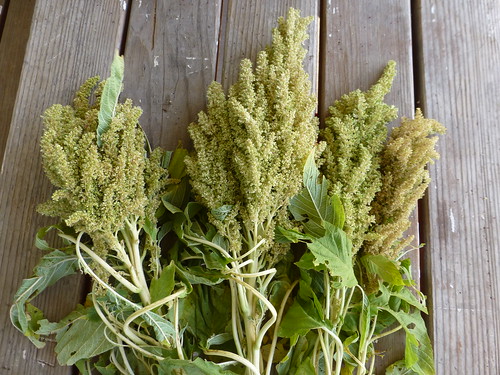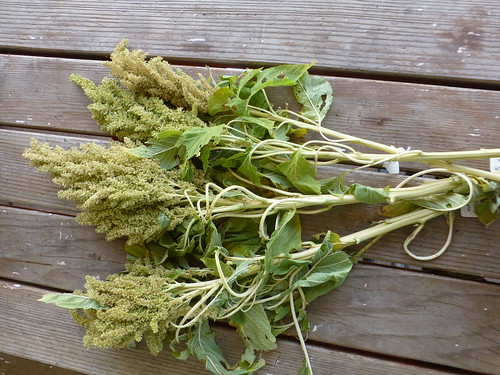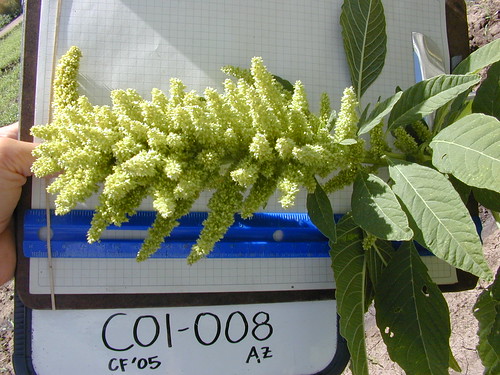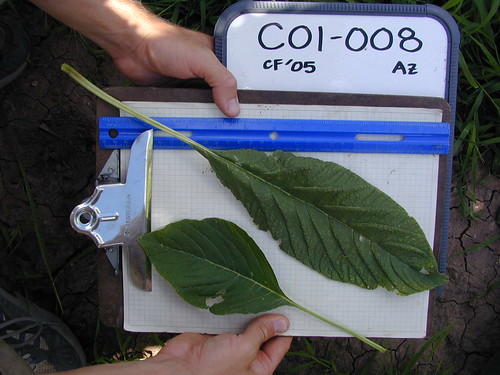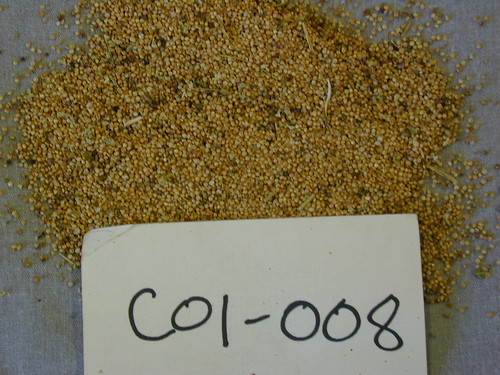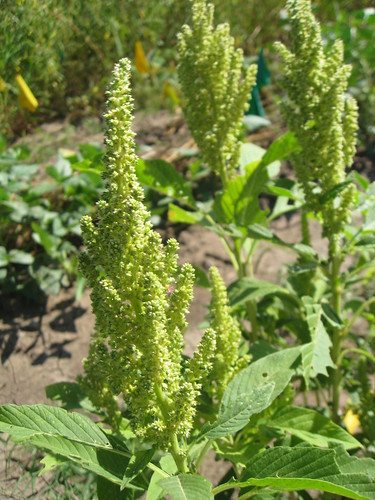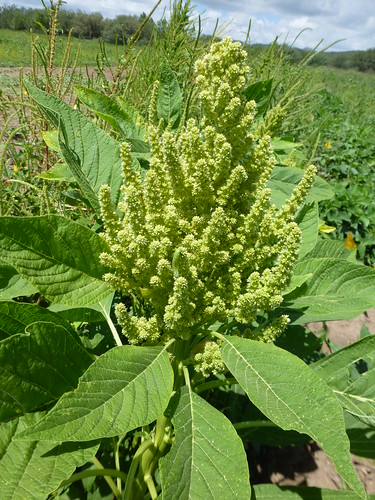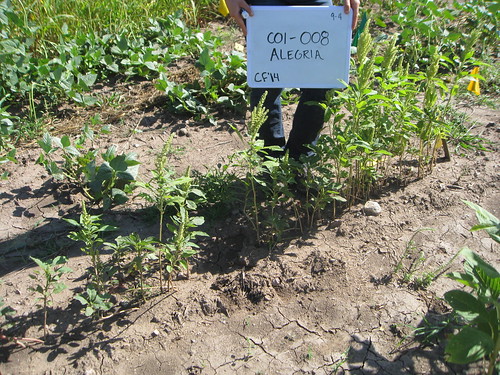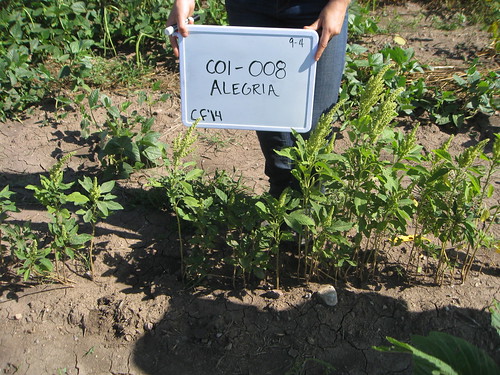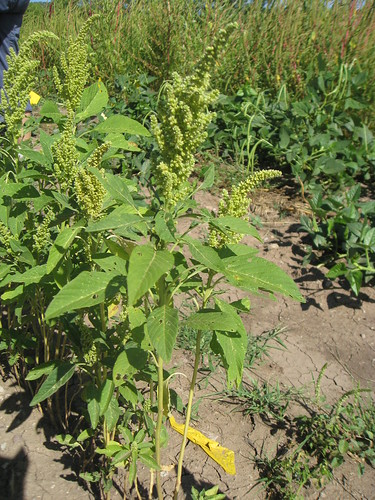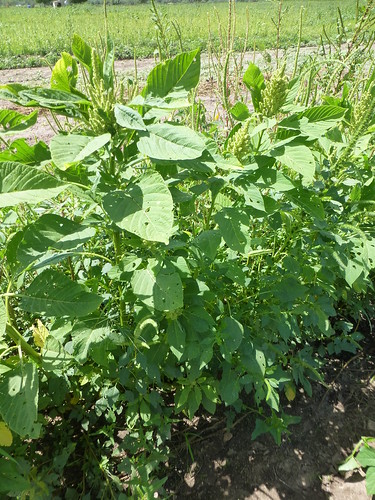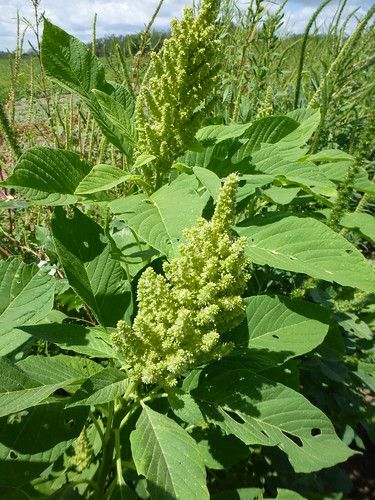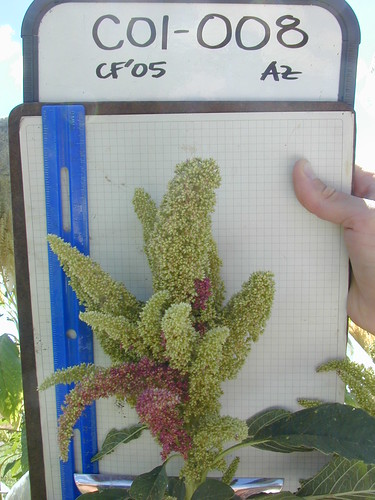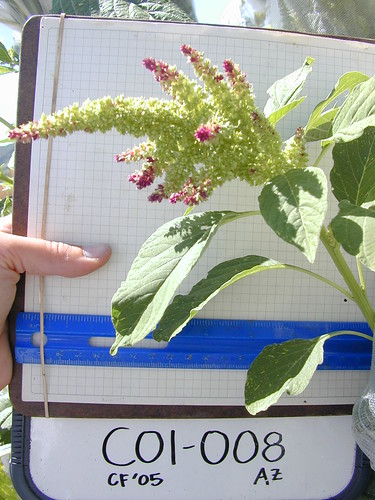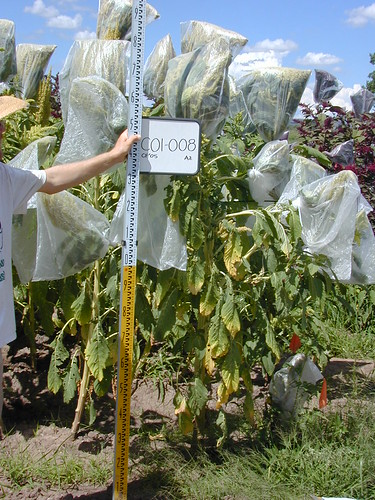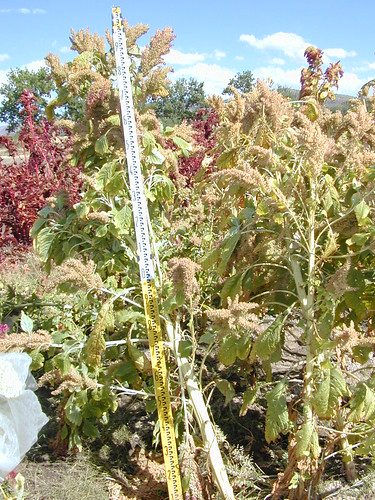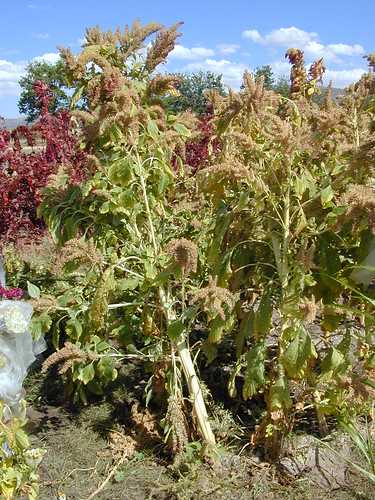ADAPTS
the Adaptive Drylands Agriculture Portal for The Southwest
C01-008
Collection | Availability | Map | Climate | Photographs | Observations | Cultivation & Seed Saving | Feedback
Basic Collection Information and Status
Amaranth (Amaranthus hypochondriacus, Amaranthaceae)
Cultural Affiliation NahuatCollection Site Distrito Federal, Mexico (latitude: 19°; altitude: 7,500 ft / 2,300 m)
Collection Year 1979
Accession Status Active
Catalog Information and Instructions
HuatlC008
Alegria. Produces blond seed used for a traditional central Mexican confection made with popped seed and honey. Occasional black seeds. Greens edible. Grows to 9 ft. From a Nahua market in Tulyehualco.
View All 3 Accessions of Huatl (C008) (this will reset your search)
View All 3 Accessions of Huatl (C008) (this will reset your search)
Current availability of this variety is summarized below. We encourage the use of these seeds to benefit humanity and strive to facilitate access through a number of channels.
Online Order Native American Free Seed Community Seed Grants Bulk Seed Exchange ? Contact us for current availability.
Academic Researchers ? If you are an academic researcher with an interest in this accession, please get in touch with us. We encourage use of the seeds for appropriate research applications and are committed to protecting the rights of the people and cultures who developed and maintained this diversity and to its continued availability.
Note: Seeds are distributed on a variety-by-variety basis, rather than accession-by-accession. As there are multiple accessions of this variety, please contact us if you need seeds of this specific accession.
Collection Site
The circle in the map below shows the area where this accession was collected (why isn't the precise locality shown
?Precise collection localities are hidden in order to protect the privacy of the original donors of the seeds in the NS/S collection.
). You have not specified a reference site, but you may specify one and rerun your search.The graphs below summarize aspects of the climate for this accession's collection site. You have not specified a reference site, but you may specify one and rerun your search.
Photographs
The Native Seeds/SEARCH digital photo collection for this accession is provided below.
image hosting provided by Flickr — all photos © Native Seeds/SEARCH — please contact us for permission to useCharacterization and Evaluation
There are currently no observational data available for this accession. If you have made observations of this accession and are willing to share them, please contact us.
| Amaranth Introduction | Cultivation Instructions | Seed Saving Instructions |
|---|---|---|
| Grown by Indigenous people of the Americas for millennia, the small grain is rich in lysine and the young leaves are high in calcium and iron. | Plant in spring after soil warms or with summer rains. Broadcast and rake in, or plant 1/4" deep in basins or rows. Thin the edible seedlings to 10-15" apart. Grows taller if soil is enriched with compost. Likes full sun. | Amaranth species are wind / insect pollinated and will readily cross. To prevent this, put paper or cloth bags over flower heads. When ripe, cut off dried heads and lightly beat in a bag to remove seed. Screen or winnow off chaff. |
If you have questions or feedback about this accession or the ADAPTS platform in general, please contact us.
